You are here: Home / Additional modules / Statistic-Kit / Use statistics / Work with statistics / Statistics with average values
€
Statistic-Kit
Statistics with average values
Several examples will explain how statistics can be used and how they can be changed via the configuration. There are several example pages at “Working with Statistics“.
Another example is the evaluation of a property (and the average) in contrast to the number of data records. The explanatory example is not available as a standard template.
By default, the number of data records is used to determine the key figures. However, all numeric fields (e.g. prices, areas, number of rooms, income) of the data records can be selected. In this case, the total of the values from the field in the corresponding data records is determined as the key figure. If you are not interested in the total sum, but the average value of all records, please check the checkbox “Ø Average”.
For example, the following key figures may be required: What is the average selling price of a semi-detached house? With more than five rooms? For a position in postal code?
Answers to these questions can be found in the statistics. For this purpose, the number of data records is not evaluated for the key figures, but the purchase price is evaluated as an average.
In the “Settings” category, the “property” module is selected and the “Purchase price” and the “Average” checkmark are set for “To be evaluated”.
In the “Grouping” category, a filter (previously created) is added for the property type “House” and the marketing type “Purchase”.
In the “Evaluation” category, “Live values with time reference” is selected and in the “Time reference” category, the field “offline since”, “Reference in month” and “Exclude blank values” is set. The month in which the property was removed from all portals is taken as the date of sale.
At the moment the statistics show the average selling price of the houses sold in the month in question.
If only the average selling price of all houses (no matter if sold for a long time or in marketing) is to be determined, then the category evaluation is set to “live values” and all further settings are omitted.
The condition “Properties with more than 5 rooms” should be added via the filter bar. Then it is easily possible to exchange the condition “property with more than 5 rooms” for the condition “located in the postcode area”, without changing the statistics themselves via the configuration.
The finished statistic shows the following picture.
If necessary, the configuration of the statistics for the “time reference” could be adjusted or the key figures for detached houses, apartments, etc. could be added.
Without a change to the configuration of the statistics, an office group could be selected via the filter bar for users in order to obtain the key figures for a particular office, etc.

 Introduction
Introduction Dashboard
Dashboard Addresses
Addresses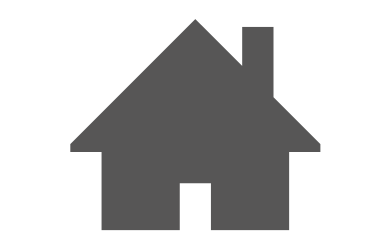 Properties
Properties Email
Email Calender
Calender Tasks
Tasks Acquisition Cockpit
Acquisition Cockpit Audit-proof mail archiving
Audit-proof mail archiving Automatic brochure distribution
Automatic brochure distribution Billing
Billing Groups
Groups Intranet
Intranet Marketing box
Marketing box Multi Property module
Multi Property module Multilingual Module
Multilingual Module onOffice sync
onOffice sync Presentation PDFs
Presentation PDFs Process manager
Process manager Project management
Project management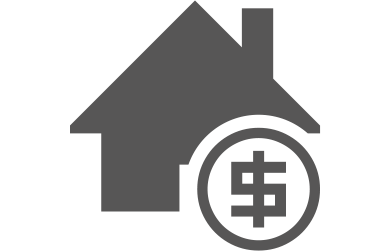 Property value analyses
Property value analyses Request manager
Request manager Showcase TV
Showcase TV Smart site 2.0
Smart site 2.0 Statistic Tab
Statistic Tab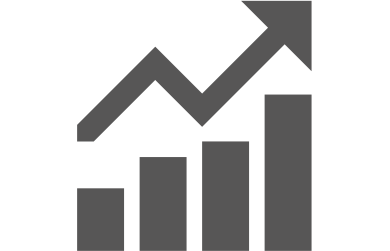 Statistics toolbox
Statistics toolbox Success cockpit
Success cockpit Time recording
Time recording Address from clipboard
Address from clipboard Boilerplates
Boilerplates Customer communication
Customer communication External Tools
External Tools Favorite links
Favorite links Formulas and calculating
Formulas and calculating Mass update
Mass update onOffice-MLS
onOffice-MLS Portals
Portals Property import
Property import Quick Access
Quick Access Settings
Settings Templates
Templates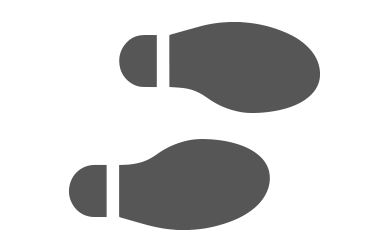 Step by step
Step by step



